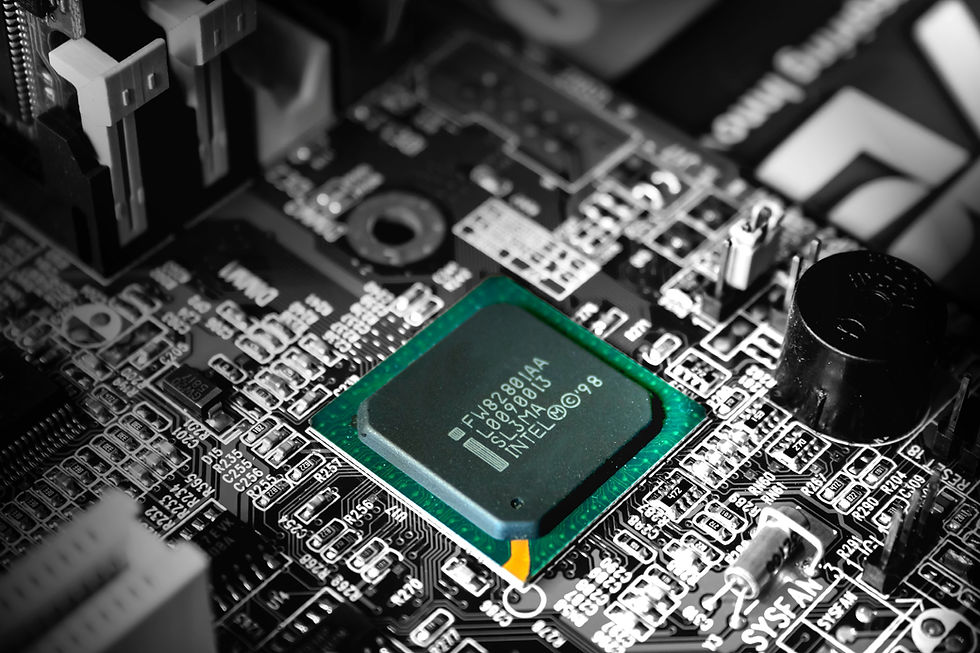
The integration of System-on-a-Chip (SoC) technology in Optical Line Terminals (OLTs) and Optical Network Terminals (ONTs) is crucial in the world of fiber-optic networks. Let's look at why SoCs are important components and how they affect network performance and efficiency.
🚀 Performance and functionality improvements:
SoCs combine several tasks into a single chip, allowing for sophisticated features such as high-speed data processing, speech and video support, security protocols, and network administration. This integration improves performance by enabling seamless data transmission and better user experiences.
⚡️ Cost-effectiveness and efficiency:
SoCs reduce power consumption and physical footprint by combining several functionalities. They simplify network operations, reducing the need for additional hardware and associated costs. As a result, network deployments become more efficient and cost-effective.
🌐 Networks that are scalable and reliable:
SoCs have played an important role in the broad adoption of Fibre to the Home (FTTH) technology. They allow for the establishment of scalable and dependable fiber-optic networks that provide high-speed connection to residential and commercial users. SoCs improve network operations by ensuring constant and dependable performance.
📈 Figures and statistics:
Though particular data may vary depending on the network deployment and manufacturer, SoCs have made a significant impact and are now a necessary part of OLTs and ONTs. They provide considerable gains in processing speed, power effectiveness, and price reduction. These developments aid in the exponential expansion of fiber-optic networks on a global scale.
📚 References:
2. https://www.techtarget.com/iotagenda/definition/system-on-a-chip-SoC
Fiber-optic networks can deliver lightning-fast speeds, comprehensive functionality, and cost-effective solutions to address the growing demand for high-speed broadband services by utilising the power of SoCs. SoCs pave the path for a more connected future by allowing for seamless connectivity and altering the digital landscape.
Commentaires